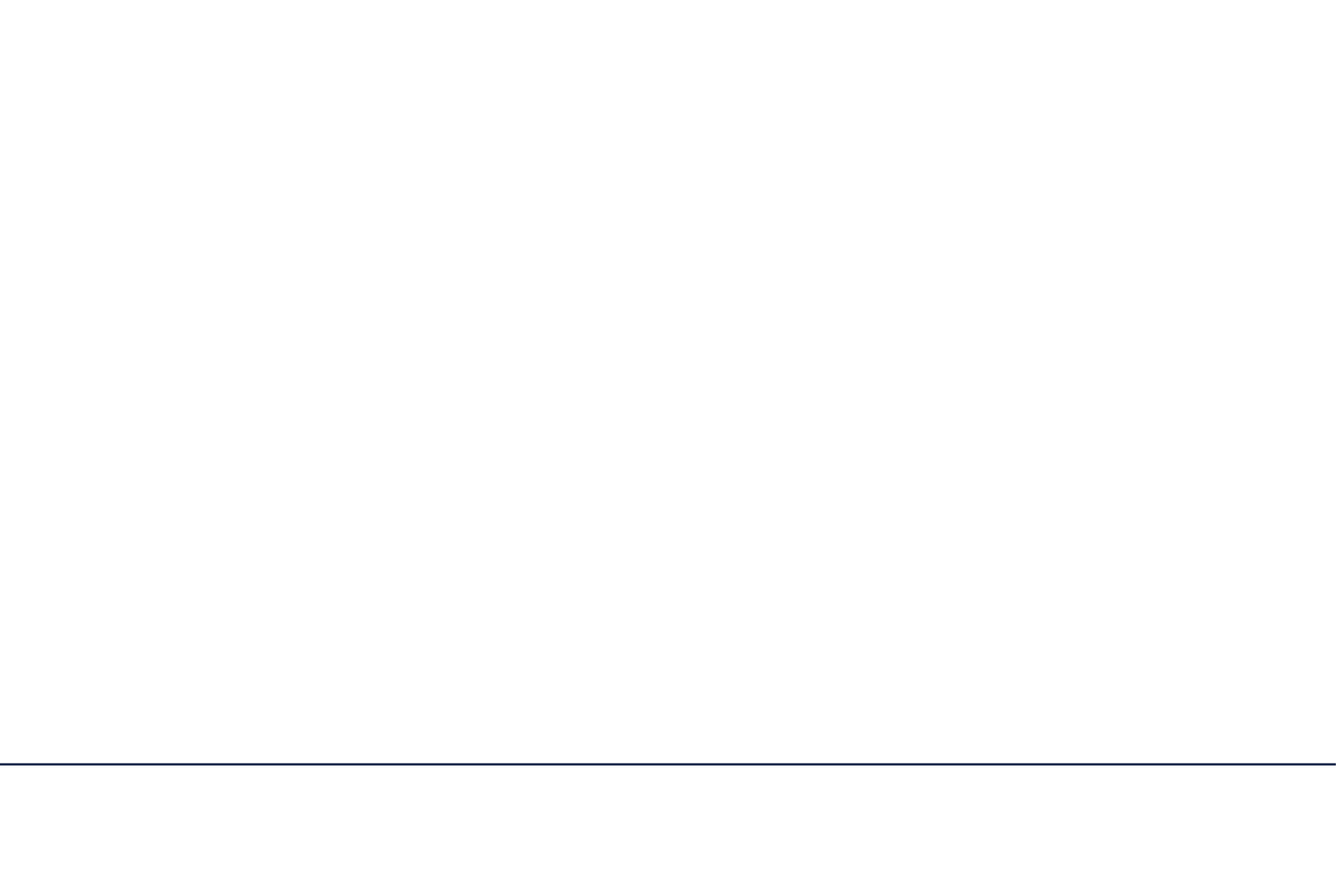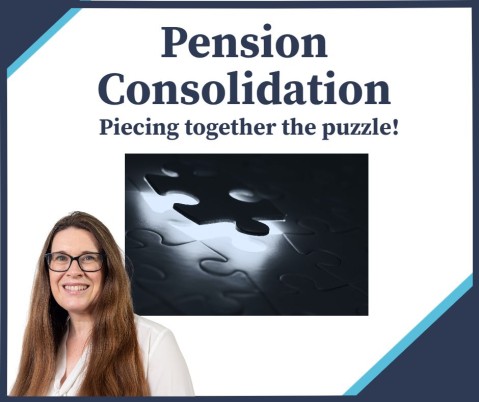Not all Jobs are for life like they used to be! More and more of us are changing jobs on a more regular basis and this results in many of us have more than one pension. As we move home as well as jobs, it’s very easy to lose track of them.
Here I explore what you need to do if you’re thinking about consolidating your pensions.
Track down your old pensions
If you’ve moved home and not informed your pension provider you may not be receiving your annual pension statement and as a result have no idea how much your pension is worth. It is estimated that 1.6 million pension pots are forgotten about due to people moving. As a priority write to your former pension providers and let them know your change of address.
If you are unsure who your pension providers are, go on to the government pension tracing website https://www.gov.uk/find-pension-contact-details and fill in the relevant details. They should be able to provide you with contact details of your previous pension providers.
Consolidating your pensions and leaving older pensions where they are
There are lots of things to consider if you’re looking to consolidate your pensions into one pot. The older version pensions (final salary) for example may have safeguarded benefits and guarantees that you could lose if you were to transfer away from them. It’s important to read the small print and understand what you could be giving up. There may also be exit fees that could be applied for leaving the scheme.
Final salary pensions schemes are generally best where they are, due to the nature of their pay-outs when you retire. However, times have changed, and a guaranteed income doesn’t always meet the needs of the recipient. Some people opt to create a self-invested personal pension (SIPP), which lets them choose where their pension money is invested. This is beneficial to those who want flexibility and control over their pension savings and investment choices, it also gives more options as to what they do with their money, alive and dead.
The most common pension now is the defined contribution. Your funds are invested and can usually be transferred to a personal pension. This allows you to keep track of your pensions in one place as you move from job to job.It also means administration and management of your savings is easier. Not all pensions are made equally either, with the introduction of pension freedoms some old-style pensions still do not offer the flexibility you may need, so it’s worth checking these policies and seeking advice to ensure they do what you want them to once you retire.
I had several pension pots accrued from previous employers. But now I have all my previous defined contribution pensions consolidated into one place. I currently contribute into my workplace pension.Once I stop working and retire, I will transfer the value of this workplace pension into my personal pension, so everything is in a single place, making it easier to access in retirement.
If you’re at an age where you can access your pension savings (55 and upwards) and still pay into an active defined contribution pension plan, it is worth noting that if you make withdrawals over and above the tax free allowance, this could limit the amount you could contribute in to a pension in the future… along with the amount of tax relief you could claim.
Charges
Charges are an important factor to consider as they will inevitably impact on your savings. Management charges for workplace pension plans can vary, on average around 1%. If you have numerous pension pots you could be paying various charges on each one. I would suggest checking your policies and seeking advice from a trusted financial adviser if you are unsure what the fees represent.
Whatever the situation with your pensions, the first thing to do if you’re thinking about consolidation is to speak to a financial adviser. We can help you figure out the best solution for your individual needs.
Please note:
The value of investments and any income from them can fall as well as rise and you may not get back the original amount invested.
HM Revenue and Customs practice and the law relating to taxation are complex and subject to individual circumstances and changes which cannot be foreseen.
Tax concessions are not guaranteed and may change in the future. Tax free means the investor pays no tax.
Approved by the Openwork Partnership on 05/10/2023




